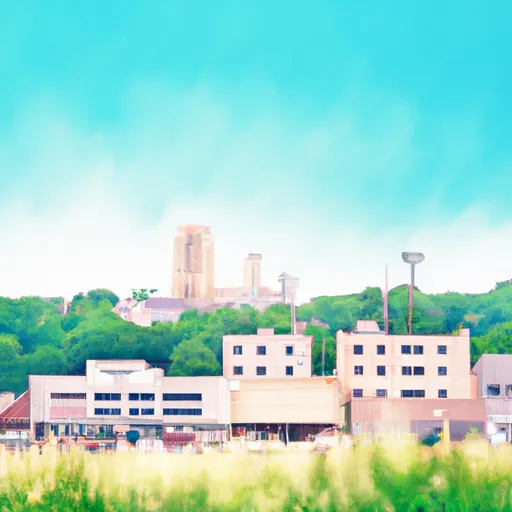°F
°F
mph
Windspeed
%
Humidity











Saint-Nazianz is a small village located in Manitowoc County, Wisconsin. The climate in Saint-Nazianz is characterized by cold winters and mild summers. Winter temperatures often drop below freezing, with average lows in the 20s Fahrenheit, while summer temperatures reach the mid-70s to low-80s Fahrenheit.
Hydrology constituents in Saint-Nazianz mainly revolve around the Sheboygan River, which runs through the village. This river provides opportunities for fishing, boating, and other water-based activities. Additionally, there are several smaller lakes and streams in the area that attract outdoor enthusiasts.
Outdoor recreation opportunities in Saint-Nazianz are abundant. The village is surrounded by picturesque countryside, offering opportunities for hiking, biking, and nature walks. The nearby Point Beach State Forest provides a range of recreational activities, including camping, swimming in Lake Michigan, birdwatching, and picnicking. For those interested in wildlife, the forest is also home to a variety of animals, including white-tailed deer and numerous bird species.
In conclusion, Saint-Nazianz, Wisconsin, offers a diverse range of outdoor recreation opportunities, with its beautiful natural surroundings, hydrology constituents, and pleasant climate.
Weather Forecast
Saint-Nazianz receives approximately 798mm of rain per year, with humidity levels near 82% and air temperatures averaging around 8°C. Saint-Nazianz has a plant hardyness factor of 5, meaning plants and agriculture in this region thrive during a short period during spring and early summer. Most plants will die off during the colder winter months.
Regional Streamflow Levels
3
Cubic Feet Per Second
3
Cubic Feet Per Second
2
Cubic Feet Per Second
16
Cubic Feet Per Second
Nearby Camping
| Camping Area | Reservations | Toilets | Showers |
|---|---|---|---|
| Red Hills Lake State Park | |||
| Oblong Park | |||
| Mill Creek Park | |||
| Lincoln Trail State Park | |||
| Oakland City Park | |||
| Crawford County Fairgrounds |



